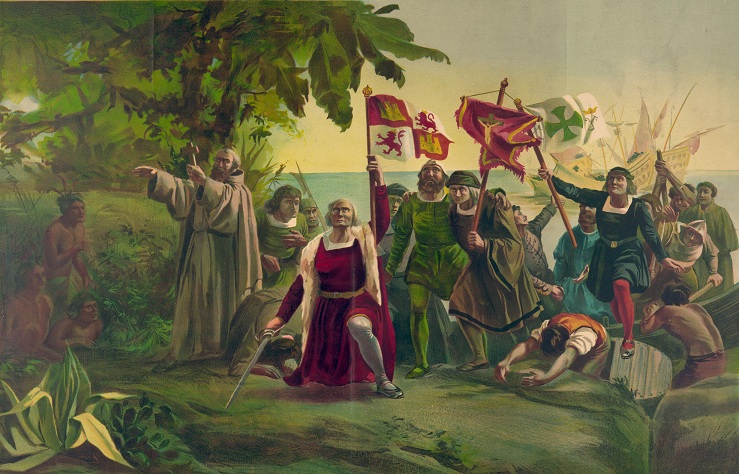
An Amerindian woman may have been the first native American to set foot in Europe, brought to Iceland by the Vikings several centuries before Christopher Columbus set foot on the Americas in 1492. This study by Spanish and Icelandic researchers suggests that a woman from the American continent probably arrived in Iceland 1,000 years ago, leaving behind genes that are reflected in the Icelandic population today.
Mitochondrial DNA
The analysis found that around 80 Icelanders in four families that hail from ancestors who lived in Iceland in the 1710 and 1740s carry a variant of mitochondrial DNA called C1e. This variant is closely related to other C1 variants that are unique to the first Indians to settle in America 14,000 years ago.
The CSIC (The State Agency Council for Scientific Research, Spain) researcher Carles Lalueza-Fox said in a statement by the institute, “It was thought at first that (the DNA) came from recently established Asian families in Iceland,”. “But when family genealogy was studied, it was discovered that the four families were descended from ancestors who lived between 1710 and 1740 from the same region of southern Iceland.”
Because the variant gene is mitochondrial DNA, which is only passed down via mother lineage, the first Amerindian arriving in Iceland must have been a woman and must have arrived centuries before 1710.
“As the island was virtually isolated from the 10th century, the most likely hypothesis is that these genes corresponded to an Amerindian woman who was brought from America by the Vikings around the year 1,000,”, said Lalueza-Fox.
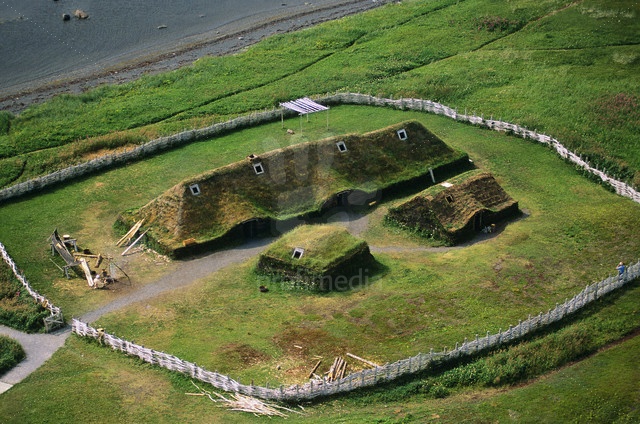
The report, by the scientists from the CSIC and the University of Iceland, was published in the American Journal of Physical Anthropology. The journal also says that 75 to 80 percent of contemporary Icelanders can trace their lineage to Scandinavia and the rest of Scotland and Ireland.
Norse Settlement in North America
This study does also strengthen the theory that the Vikings reached the American continent, based on Icelandic medieval texts and a possible Viking settlement in Newfoundland. The Viking settlement at L’Anse aux Meadows that was found in the 1970s, in the eastern Canadian region of Terranova, and that is thought to date to the 11th century.
Despite this evidence, however, at present, it is nearly impossible to prove a direct thousand-year-old genetic link between Native Americans and the modern Icelanders. Since no living, Native American group carries the exact genetic variation found in the Icelandic families. And it is possible that the DNA variation actually came from the main continent of Europe, in the centuries preceding 1700.
What strengthens the theory though is that The Inuits, often called Eskimos, carry no version of the variant. Ruling out the possibility of a Greenland Viking and Inuit genetic trace.
The Saga of Erik the Red
The Saga of Erik the Red does tell of four Skraeling boys (the Norse term for the American Indians), who was captured by an Icelandic expedition and taken back to Greenland.
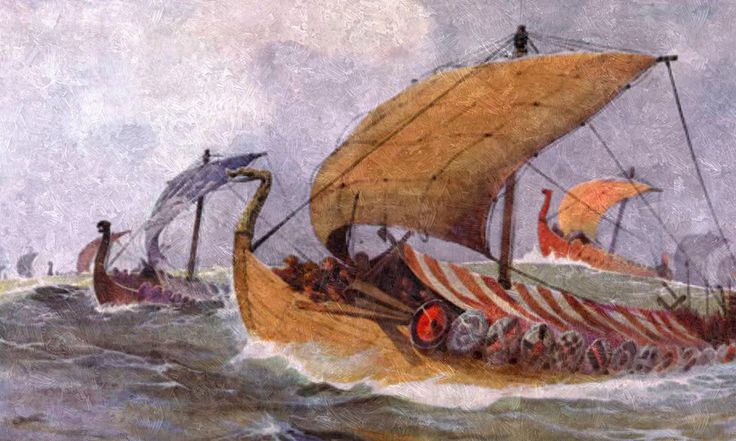
The saga chronicles the events that led to Erik’s banishment from Iceland, his travels to Greenland and also of Leif Ericson’s discovery of “Vinland the Good” after his longship was blown off course.
The Vinland Sagas also tells the story of Norse exploration of a new previously unknown land and is thought as evidence of Norse exploration of the Americas. Vinland, which translates to “Wine land” probably hint of what Vikings thought of fertile lands and warmer climate. The Vinland Sagas were not written until at least 200 years after the original voyages and contains some contradictory accounts. However, historians commonly believe these sources as substantial evidence of Vikings in North America.
_______________
A new subclade of mtDNA haplogroup C1 found in Icelanders: Evidence of pre-Columbian contact?
L’Anse aux Meadows National Historic Site
______________________________


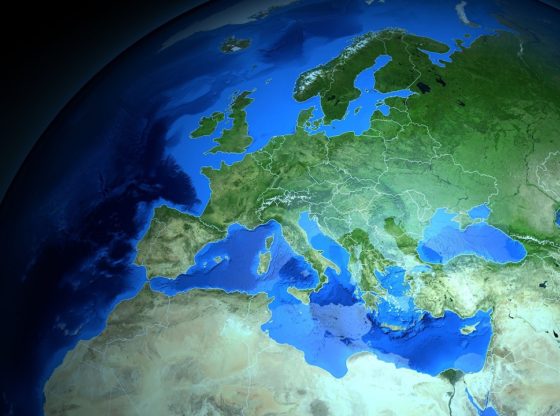


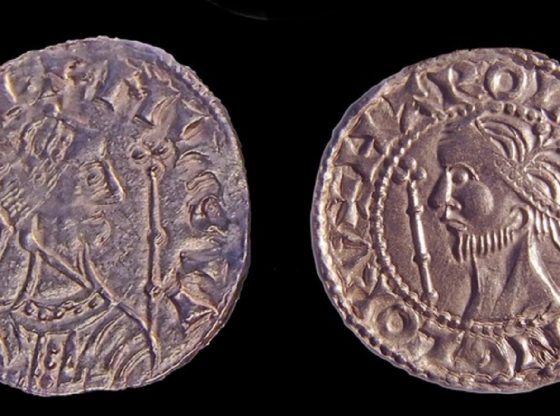

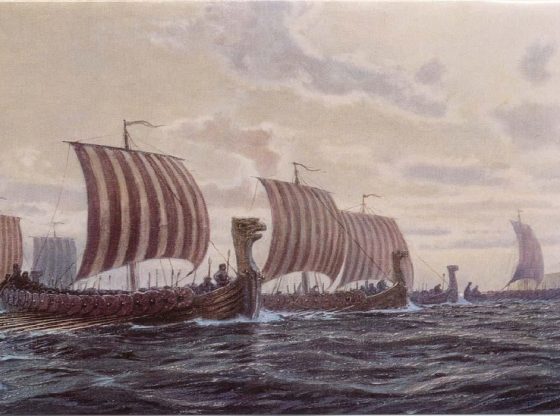
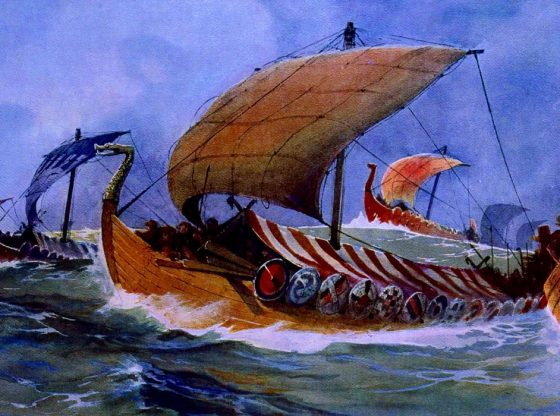
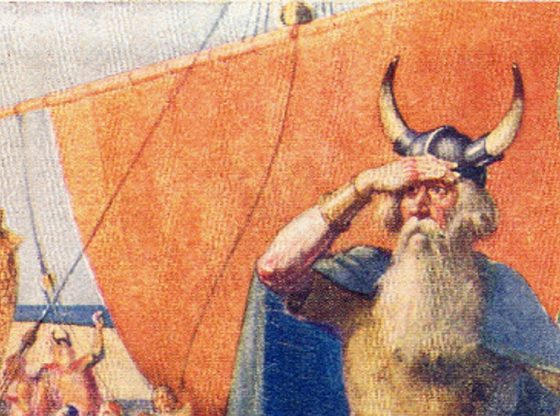

![OpenAI. (2025). ChatGPT [Large language model]. https://chatgpt.com](https://www.illustratedcuriosity.com/files/media/55136/b1b0b614-5b72-486c-901d-ff244549d67a-350x260.webp)
![OpenAI. (2025). ChatGPT [Large language model]. https://chatgpt.com](https://www.illustratedcuriosity.com/files/media/55124/79bc18fa-f616-4951-856f-cc724ad5d497-350x260.webp)
![OpenAI. (2025). ChatGPT [Large language model]. https://chatgpt.com](https://www.illustratedcuriosity.com/files/media/55099/2638a982-b4de-4913-8a1c-1479df352bf3-350x260.webp)








